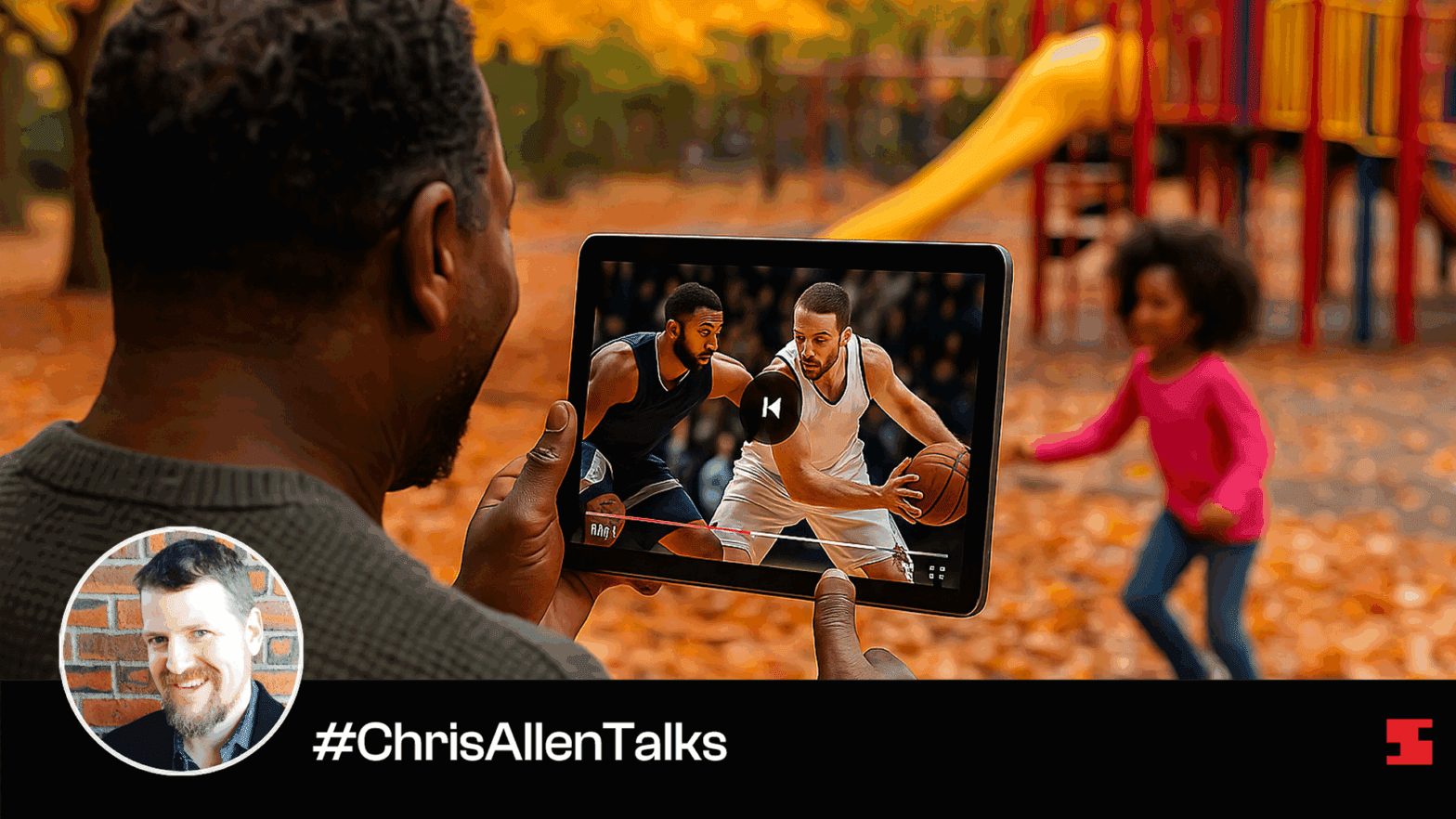In this blog, based on my recent LinkedIn post, you’ll learn about the role of HLS in real-time streaming and why it remains essential even in a world dominated by WebRTC. While WebRTC powers sub-250 ms interactive experiences, HLS continues to handle crucial functions like live-to-VOD transitions, DVR playback, and time-shifted viewing. I’ll also share… Continue reading What Role Does HLS Play Within The WebRTC In Real-Time Streaming World?
In this blog, based on my recent LinkedIn post, you’ll learn about the role of HLS in real-time streaming and why it remains essential even in a world dominated by WebRTC. While WebRTC powers sub-250 ms interactive experiences, HLS continues to handle crucial functions like live-to-VOD transitions, DVR playback, and time-shifted viewing. I’ll also share real-world examples that show how combining HLS and WebRTC can deliver flexibility and scalability for different use cases.
Table of Contents
Watch my short talk on this topic on YouTube.
Role of HLS in Real-Time Streaming
It’s easy to assume that in a real-time streaming environment, everything should be built with Web Real-Time Communication technology. After all, that’s what my company Red5 mostly is known for, and it’s what powers real-time interactive experiences with sub-250 ms latency. This is also true of our competitors in the space. Most, if not all of them are solely focused on WebRTC delivery, and not many talk about how HLS still fits into the picture and why it might matter more than most folks realize.
Live-to-VOD, DVR, and time-shifting are essential in most real-time streaming use cases. And that’s exactly where HLS delivers. If users are pausing, rewinding, or scrubbing backward during a live stream, they’re already outside the real-time window. Serving that delayed video over HLS just makes more sense. It also simplifies recording and repurposing segment files for on-demand viewing.
Chris Allen about the importance of HLS streaming in real-time workflows.
How We at Red5 Approach WebRTC + HLS Streaming
What differentiates us from the competitors in the WebRTC delivery space? Most real-time video streaming solutions out there relegate recordings to a very simple feature: they can save the recording as a single MP4 file that you can upload to cloud storage. From there, it’s on you the developer to figure out what to do with it. In my opinion, this is not enough.
Below I’ll share two examples:
- Our own HLS + WebRTC streaming solution that we recommended to a client who needed asynchronous video delivery.
- The solutions we developed in partnership with CacheFly. Together, we are deploying a complete integrated solution where your recordings, time-shifted playback, and DVR style scrubbing are first class citizens, making it easy to build complete applications without having to write custom CDN integrations and pipelines for managing your recordings.
Real-World Applications
Asynchronous Video Delivery For Home Services Pros And Product Manufacturers

A woman recording her driveway for FormVue to find a contractor to replace it.
One of our customers, FormVue, is a great example. They are an AI-native, sales-first platform for video lead capture in the home services industry and product manufacturers. Their platform uses Red5 Pro, our server software deployed on AWS, to push content, but their end users engage exclusively with the recordings. Their product is designed for asynchronous video delivery where videos are reviewed and there are no live interaction happening, and that’s what makes HLS the right fit.

Deployment diagram of FormVue’s live streaming infrastructure powered by Red5.
Scalable HLS and LL-HLS Streaming with DVR and Global CDN Reach

A man rewinding a basketball game to watch a key moment again.
Another great examples is our integration with CacheFly, giving customers a streamlined connection between Red5 Cloud and their CDN. It supports time-shifted playback, archived content, and live-to-VOD transitions with minimal configuration. This approach opens up a lot of possibilities for devices that don’t support WebRTC like Roku. We presented this joint solution at IBC 2025.

An example of the Red5 Cloud and CacheFly integration deployment diagram.
Conclusion
Both HLS and WebRTC serve unique purposes that complement each other within modern streaming workflows. HLS ensures scalability, playback reliability, and seamless integration with on-demand features, making it a vital part of how real-time video reaches global audiences.
Try Red5 For Free
🔥 Looking for a fully managed, globally distributed streaming PaaS solution? Sign up for Red5 Cloud today! No credit card required. Free 50 GB of streaming each month.
Looking for a server software designed for ultra-low latency streaming at scale? Start Red5 Pro 30-day trial today!
Not sure what solution would solve your streaming challenges best? Reach out to our team to discuss your case.
Chris Allen is the co-founder and CEO of Red5, with over 20 years of experience in video streaming software and real-time systems. A pioneer in the space, he co-led the team that reverse-engineered the RTMP protocol, launching the first open-source alternative to Adobe’s Flash Communication Server. Chris holds over a dozen patents and continues to innovate at the intersection of live video, interactivity, and edge computing. At Red5, he leads the development of TrueTime Solutions, enabling low-latency, synchronized video experiences for clients including NVIDIA, Verizon, and global tech platforms. His current work focuses on integrating AI and real-time streaming to power the next generation of intelligent video applications.

